Description
Take Your Love of Coffee to the Next Level
Coffea Arabica bean is the mother of all coffees representing around 70% of global production. Sweet taste with floral notes and fruity aromas, this bean is likely the first ever type of coffee to be consumed.
The origin of Arabian coffee dates back to 1,000 BC in Ethiopia, in the Kaffa region. From there on, it spread to the Arab world through Yemen. It was until the mid-17th century, when the popularity of coffee had also taken over Western Europe, that the plant started migrating to the rest of the world, ending Arabia’s monopoly in coffee cultivation. After that, coffee cultivation spread far and wide, from India to the Americas.
Also referred to as the Ethiopian coffee plant, the Coffea Arabica plant makes an attractive little specimen with a compact growth rate and glossy green leaves. The plant blooms in spring with small white flowers and then yields half-inch berries that darken over time from green to black pods. Each of these berries contains two seeds, which eventually turn into coffee beans.
Caring for your Coffee Plant
The best way to care for the Arabian coffee plant is to mimic its natural habitat in a mid-elevation, tropical mountainside with ample water, good drainage, cool temperatures, and high humidity.
Light
If you want to keep your Arabian coffee plant indoors, keep it near a window but not in direct sunlight. Be sure to put the pot away from drafts, such as those from air conditioning. Coffee plants prefer full sunlight in places with lower latitudes or speckled sunlight in regular environments. They are understory plants, which makes them highly sensitive to direct sunlight.
Soil
It is important to plant Arabian Coffee in peat-based and rich soil with proper drainage. The soil should be acidic, so if your plant seems limp and dull, add organic matter like sphagnum peat moss which will help lower the soil’s pH value. The ideal pH range is between 6 and 6.5.
Water
Arabian Coffee plants are water lovers and require plenty and regular watering. Be sure to keep the soil moist at all times but not too much, so it becomes waterlogged. Never let the soil become completely dry.
Humidity and Temperature
The ideal temperature range for potting a Coffea Arabica plant is between 70 and 80 degrees during the daytime and 65 to 70 degrees at night. Even though hotter temperatures may increase growth, they are not recommended if you are trying to grow them for coffee beans. This is because the fruits need to ripen fully at a slow yet steady speed.
Since coffee plants naturally grow in humid environments with plenty of fog and rain, a humidity level of 50% or more is sufficient. Dry air may cause browning of the leaves, so make sure to spritz the plant with water every day to increase the humidity level.
Fertilizer
Arabian coffee plants do not require strong or regular fertilizing. Use a weak liquid fertilizer during the growing season every few weeks. In the wintertime, do not use fertilizer more than once every month.
Common Issues
Indoor coffee plants can sometimes become vulnerable to a few pests and diseases, but the issue can be prevented with the right techniques.
Pests
Common pests that attack an Arabian coffee plant include mites, aphids, and mealy bugs. If you find that your plant has a white powdery substance, webs, or visible insects, take immediate steps to counter the problem. Use organic neem oil or weak insecticides to prevent the problem from progressing further.
Disease
Your coffee plant may become susceptible to leaf rust, brown eye spot disease, berry blotch, black rot, anthracnose, or root diseases. Many of these problems can be solved by fertilizing the plant once or twice a year in summer and spring and boosting the humidity levels.
Problems like leaf rust are caused by a rust fungus called Hemileiavastatrix. Use 10-10-10 or general-purpose fertilizer to counter this issue.
Pruning
The Arabian Coffee plant requires little pruning. However, it needs to be cut back during spring with a pair of sharp and clean gardening shears. This will allow proper shaping of the plant and help it grow thicker.
Propagation
To properly propagate your Arabian coffee plant, you can use two methods: air layers or cuttings. Air layers involve rooting the branches that are still attached to the main plant. Start by disinfecting the scissors, and take off one or more stems of a minimum of 15 cm. Place the cuttings in the pot with fresh soil. Water the cuttings once every two weeks. Regularly mist the leaves to maintain humidity.
Potting/Repotting
The best time to repot your coffee plant is during spring by slowly increasing the pot size. Be sure to have plenty of drainage holes in the pot to allow the proper flow of moisture.

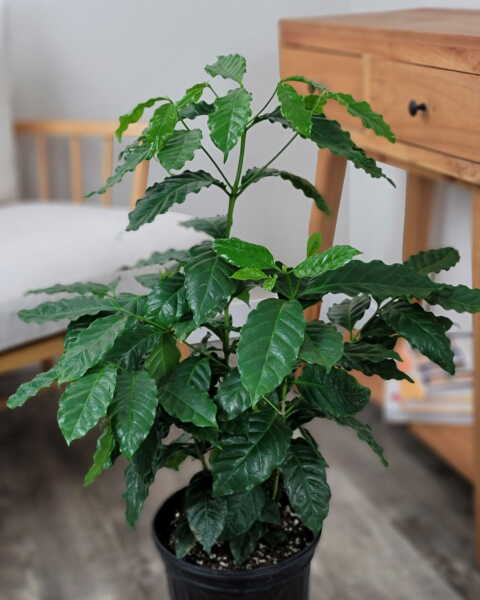
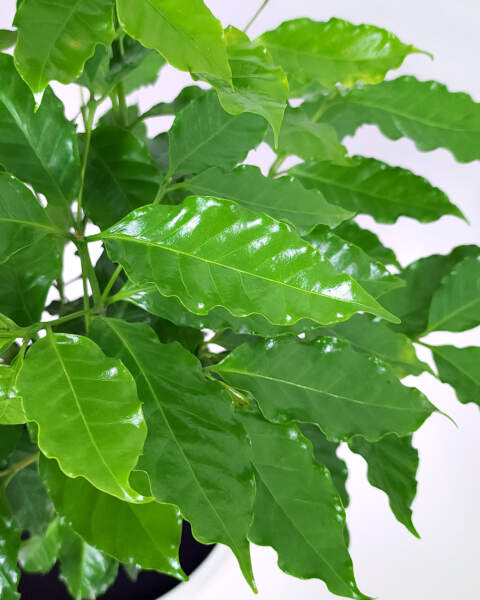
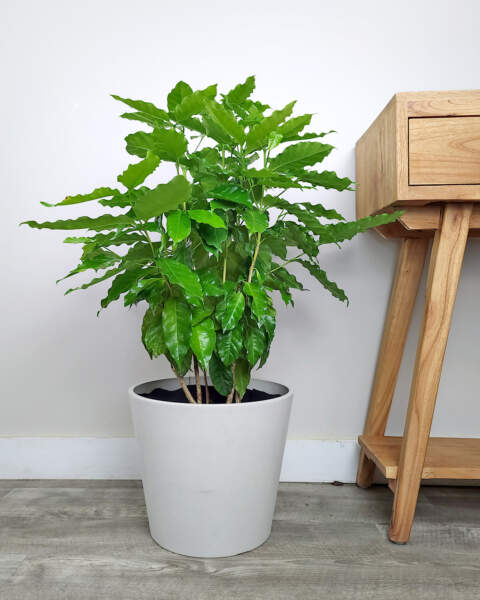







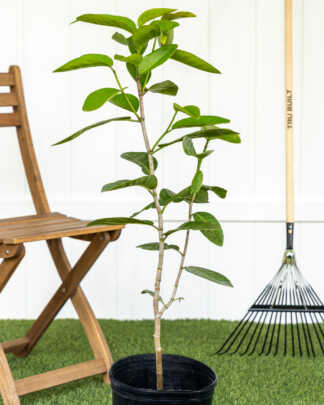
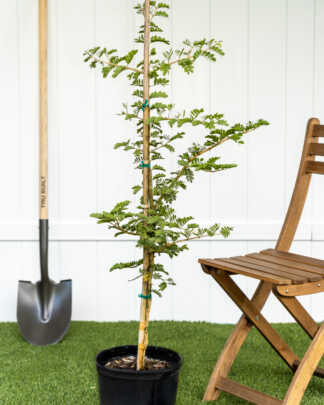
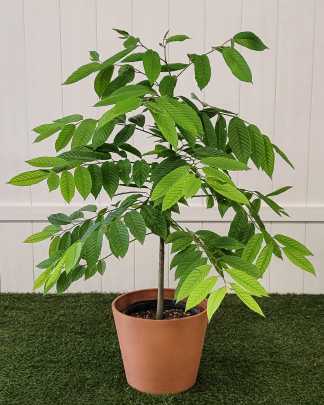
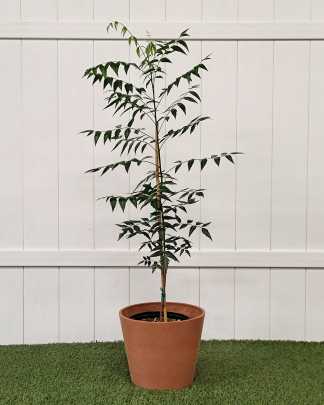
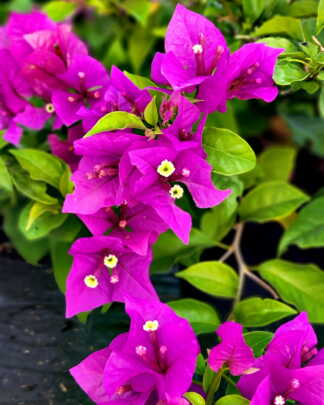


Joyce H. Montanaro (verified owner) –
The plant is quite beautiful.
Joyce H. Montanaro
Stan K. (verified owner) –
The plant was great. FedEx wasn’t. Took over a week to get it. Just said was delayed or pending. And when I received it, it was upside down. Glad you had the stick placed in the pot.
Tricia C. (verified owner) –
Arrived in perfect condition!
Travis Maple (verified owner) –
Gail Ghiloni (verified owner) –
Daniel Brinkman-Coronel (verified owner) –
Mary (verified owner) –
Thank you Plant Vine for the big healthy Coffee Arabica plant.
Dawn –
I’ve read that it takes 3-4 years for some to produce beans. How long will it take this particular plant? Thanks
Colleen Coyle-Levy (verified owner) –
I was blown away at how large this tree was. Super happy to have a big, healthy tree.